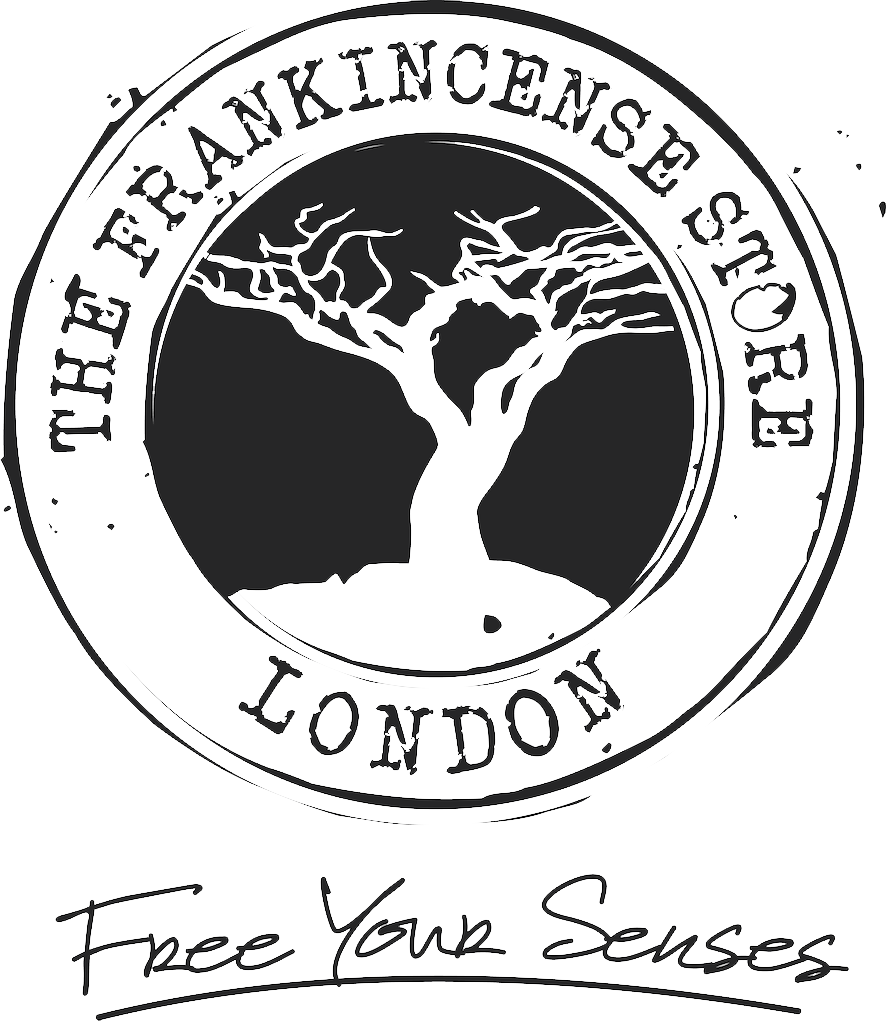Various Species
Frankincense is the small magical resin that has been used by some of the most elite people in history. Dating as far back as 5000 B.C, when it was discovered being used by the Sumhuram’s. The sticky resin that hardens on exposure to air is known to have many healing benefits. It has the ability to clear depression, anxiety, stress, negative energies, sinuses, helping asthma, reducing menstrual pain, arthritis pain, and even purifying the red and white blood cells. The oil that is produced from frankincense is great for mixing with a carrier oil to use in massage for reducing aching joints and muscles. When used with creams it is great for rejuvenating the skin and keeping it looking young. It is also one of the main ingredients for the perfume industry and some of the most luxurious brands in the world contain high dosages of frankincense oil.
But with all these healing properties surely there cannot be one type of frankincense. So exactly how many types and species are they’re of the ancient magical resin?
Firstly we must identify the countries that produce the frankincense resins and the trees that produce it. All frankincense comes from the Boswellia tree. Which comes from the Burseraceae family, the tree itself has many species, and these species reflect the country they come from.
Boswellia Seratta is the frankincense that grows in North West India. This resin is also known locally as Guggal, Salai and Sallaki. The small frankincense resins that the Boswellia Serrata tree produces is used in oil production. Scientists and doctors have now discovered that the oil form this particular resin is great for the treatment of severe Arthritis pain. The Boswellia Seratta can further be graded in to at least 4 types.
Boswellia Frereana is the frankincense that comes from the borders of Somalia with Ethiopia. Known as Maydi, It is a large yellow sticky gum resin. Maydi is also known as the King of Frankincense in these regions. This frankincense grade is used solely for chewing gum. Arabic gum as it is known in the west, was one of the first chewing gums used and is still in use today in certain foods to give the natural gum texture.
Boswellia Papyifera is the species of frankincense that grows in the northern part of Ethiopia, Eritrea and Sudan. It is one of the most popular grades being exported from Northern Africa and is a favourite in monasteries and temples around the world. The Boswellia Papyifera has 5 grades which all depend on the size of the resin. The largest size and first grade of this type is around 6mm in diameter and the colours consist of white brown and black.
Somalian frankincense is used the most worldwide known as Boswellia Carterri. This resin is used mainly in mainstream perfumes and the oil production industry. Known locally as Beyo it is classified into 3 grades. The first grade being the top quality and clear from any bark from the boswellia tree. Somalia has the largest frankincense forest in the world in the North Eastern part of Somalia.
Boswellia Thurifera grows in the regions of Yemen, North and East Africa. It is larger in size compared to that of Boswellia Papyifera. Used widely by the Jordanian’s it has been scientifically tested to show that it helps promote fertility mainly by affecting pituitary gland cells. Boswellia Thurifera can also be classified into 4 grades of purity.
The world’s finest and luxurious frankincense resin is the Boswellia Sacra from Oman. This sweet aromatic resin was the favourite for Queen of Sheba and Queen Hatsethput and is most likely the grade also given to baby Jesus. Boswellia Sacra is classified in to four categories according to its degree of excellence.
The resins are subdivided from 4 regions in Dhofar -Oman. These regions reflect the quality of each resin. El Shabi, which is known to be lowest good quality, El Shazri which is the third good quality,the second class is El Najdi and its trees grow in the Najd area, north of Central Dhofar Mountains. The finest quality is El Hojari, which is the resin from the trees that grow in the eastern part of the area. Within each class the resins can be graded into its size, colour and smell. So far the frankincense Store has graded 12 grades from the EL Hojari class. The grades also reflect weather it is the first second, third, fourth or fifth tapping from the tree in any one season. This process of grading and classification can be adapted to other countries that produce frankincense.
The Hojari frankincense is the finest. But the Diamond resin of all the frankincense worldwide and is only available in small quantities and exclusive to the Omani region is the Green Hojari Locally known as Luban Zakar. Known for its magical healing properties and a powerful sweet aromatic citrus menthol scent. This rare and amazing frankincense resin has the power to help with fertility; cancer, leukaemia and many others sever illnesses. The resin is taken internally by boiling it until fully dissolved and drunk immediately. Omani's use this regularly and every home in Oman has an amount of the Green Hojari Frankincense as a use of medicine. Oman has no cancer wards in its hospital or cancer patients. In 2011 about 4 people were diagnosed with cancer and these are all people that have lived outside of Oman.
All in all there are 4 main types of boswellia trees being cultivated but there must be over 50 species of the Burseraceae Boswellia Trees including Commiphora myhrra, and 250 + grades of the resins.
Some of the names of the other boswellia trees are:
Boswellia ameero, B.bullata, B.dalzielii, B.dioscorides, B.elongata, B.frereana, B.nana, B.neglecta, B.ogadensis, B.pirottae, B.papyrifera, B.popoviana, B.rivae, B.Sacra Flueck, B.thurifera, B.Carterri, B.serrata, B.socotrana.

